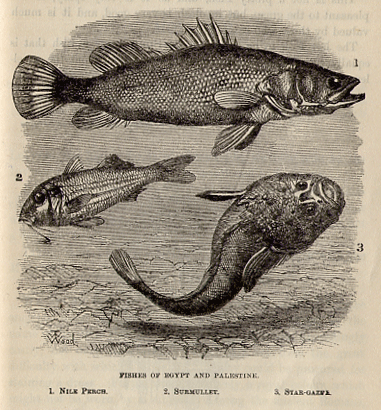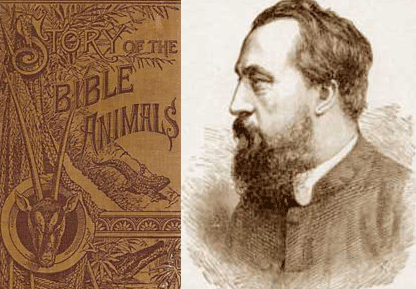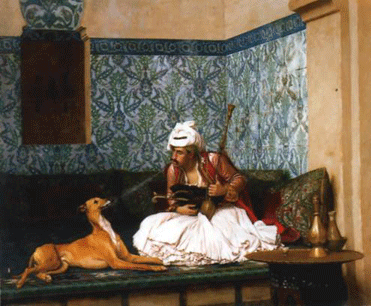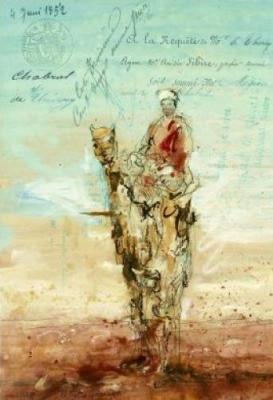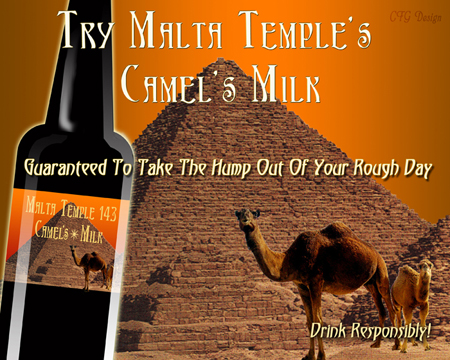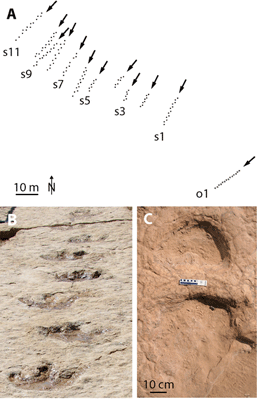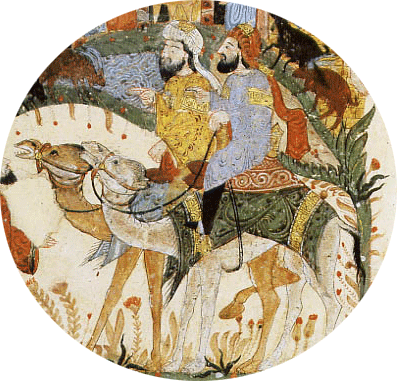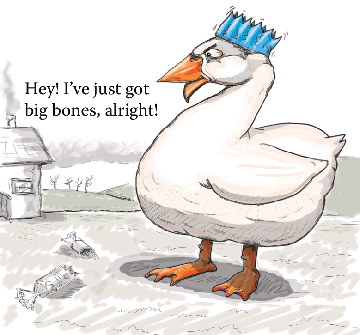
The late 14th century Egyptian savant al-Damiri was introduced in a previous post. His massive Hayat al-hayawan, mostly unknown in English texts, is a treasure trove of esoterica. One way of looking at esoterica is that it is useless information, frivolous and entertaining with little or no pedagogical value. I suppose the same could be said for many of the subjects taught on college campuses, past or present. The previous post focused on remarks about camels, but al-Damiri is not without his pragmatic advice for humans. After all, animals should be our friends and not just our dinner. The following recipe may have few takers in contemporary society, especially the overweight citizens of America; but just in case you ever wanted to know, here is advice on how to get fat:
If you wish a woman to become fat, take the fat of a goose (female), pound it and mix with it borax, Karmânî cummin-seed, and the flour of fenugreek, then mix all together with water, make it into bullets and get a black fowl to swallow them for seven consecutive days, after which it is to be killed and roasted; whoever partakes of it or its gravy will become so fat, as almost to be overpowered by the fat, whether the eater is a man or a woman; but if you wish a person to be still fatter than that, take human bile and place it over as much wheat as can be easily prepared with a little water, then wait until the wheat swells out, after which feed a black fowl on it, and do with the fowl as described before; whoever partakes of that fowl whether a man or a woman will see a wonder of wonders in the shape of obesity and fatness, so much so that he or she will not be able even to stand up; this is a wonderful and tried secret.
Given obesity rates in the United States, I would say that either al-Damiri’s secret is out or it really would be useless advice today.
